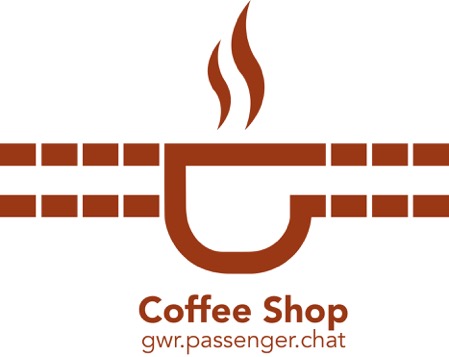I have been asked to facilitate the transportation table at Melksham's Area Board this afternoon, and given a checklist for groups of 10 people, in the course of 20 minutes, to come up with three projects they would like to see delivered. Sharing here the World Health Organisations's checklist:
Age-friendly transportation checklist
Affordability
• Public transportation is affordable to all older people.
• Consistent and well-displayed transportation rates are charged.
Reliability and frequency
• Public transport is reliable and frequent
Travel destinations
• Public transport is available for older people to reach key destinations such as hospitals, public parks, shopping centres, banks.
• All areas are well-serviced with adequate, well-connected transport routes.
• Transport routes are well-connected between the various transport options.
Age-friendly vehicles
• Vehicles are accessible, with floors that lower, low steps, and wide and high seats.
• Vehicles are clean and well-maintained.
• Vehicles have clear signage indicating the vehicle number and destination.
Specialised services
• Sufficient specialised transport services are available for people with disabilities.
Priority seating
• Priority seating for older people is provided, and is respected by other passengers.
Transport drivers
• Drivers are courteous, obey traffic rules, stop at designated transport stops, wait for passengers to be seated before driving off, and park alongside the curb so that it is easier for older people to step off the vehicle.
Safety and comfort
• Public transport is safe from crime and is not overcrowded.
Transport stops and stations
• Designated transport stops are located in close proximity to where older people live, are provided with seating and with shelter from the weather, are clean & safe, and are adequately lit
• Stations are accessible, with ramps, escalators, elevators, appropriate platforms, public toilets, and legible and well-placed signage.
• Transport stops and stations are easy to access and are located conveniently.
Information
• Information is provided to older people on how to use public transport and about the range of transport options available.
• Timetables are legible and easy to access.
• Timetables clearly indicate the routes of buses accessible to disabled people.
Community transport
• Community transport services, including volunteer drivers & shuttle services, are available to take older people to specific places.
Taxis
• Taxis are affordable, with discounts or subsidised taxi fares provided for older people with low incomes.
• Taxis are comfortable and accessible, with room for wheelchairs and/or walking frames. i
• Taxi drivers are courteous and helpful.
Roads
• Roads are well-maintained, wide and well-lit, have appropriately designed and placed traffic calming devices, have traffic signals and have consistent, clearly visible & well-placed signage.
• The traffic flow is well-regulated.
• Roads are free of obstructions that might block a driver’s vision.
• The rules of the road are strictly enforced and drivers are educated to follow the rules.
Driving competence
• Refresher driving courses are provided & promoted.
Parking
• Affordable parking is available.
• Priority parking bays are provided for older people close to buildings and transport stops.
• Priority parking bays for disabled people are provided close to buildings and transport stops, the use of which are monitored.
• Drop-off and pick-up bays close to buildings and transport stops are provided for handicapped and older people.
I have noted prior to the meeting six areas where - even in our developed country and relatively well off area - we fail to meet the checklist, and a couple of other things that should be on the checklist but aren't !!


